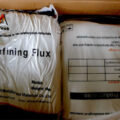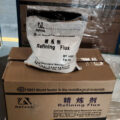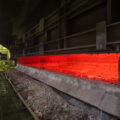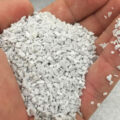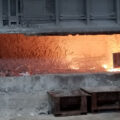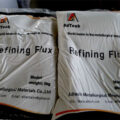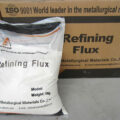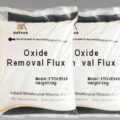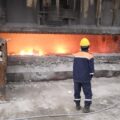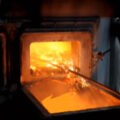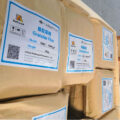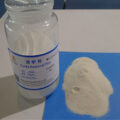Years of casting experience show that proper fluxes for aluminum casting are a key factor to reduce costs and improve the quality of liquid melt. Fusion welding is the best way to obtain clean metal by preventing the formation of excessive oxides, removing non-metallic inclusions from the aluminum melt, and preventing and eliminating oxide buildup in the furnace wall. Historically, solid fluxes are divided into four categories according to their use and function in foundries. These categories are: Cover fluxes, Drossing fluxes, Cleaning fluxes, Furnace wall cleaner fluxes.
Covering flux, deslagging flux, and melt cleaning fluxes are usually manually spread, shoveled, or thrown onto the melt surface. However, it is also possible to add slag and melt cleaner through rotary flux injection or spray gun flux injection.
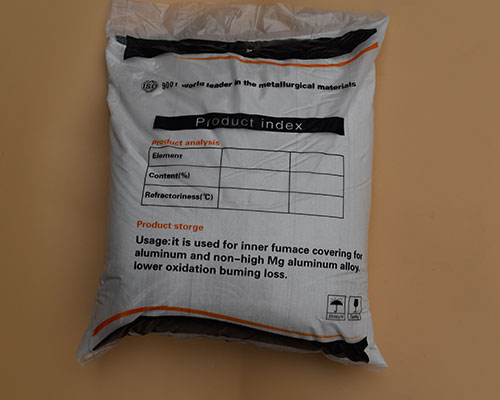
Furnace wall cleaner flux is usually blown onto the furnace wall at the melting line (using a spray gun device). The flux injection process introduces the powder flux into the bottom of the melt in a finely dispersed stream.
In order to ensure that the flux cleaning and trimming flux can work effectively (whether in powder or granular form), the flux must be manually added and stirred into the melt to achieve as much contact with the molten metal and scum layer as possible.
Depending on the size of the furnace, mixing can be done manually by furnace bidding, or by forklift or mechanized vehicle machinery.
Generally, the stirring of the flux is carried out in a crucible or transfer ladle for 1 to 3 minutes, and is completed in 5 to 10 minutes in a reverberatory furnace with the highest liquid capacity. If flux injection is used, manual activation is not necessary because mixing and activation will be performed during the injection process cycle.
It also needs to be emphasized that the fluxes for aluminum casting reaction efficiency depend on three interrelated factors: molten metal temperature, stirring and activation time. Improper control of these factors will cause unreacted aluminum casting flux to float on top of the aluminum dross.


